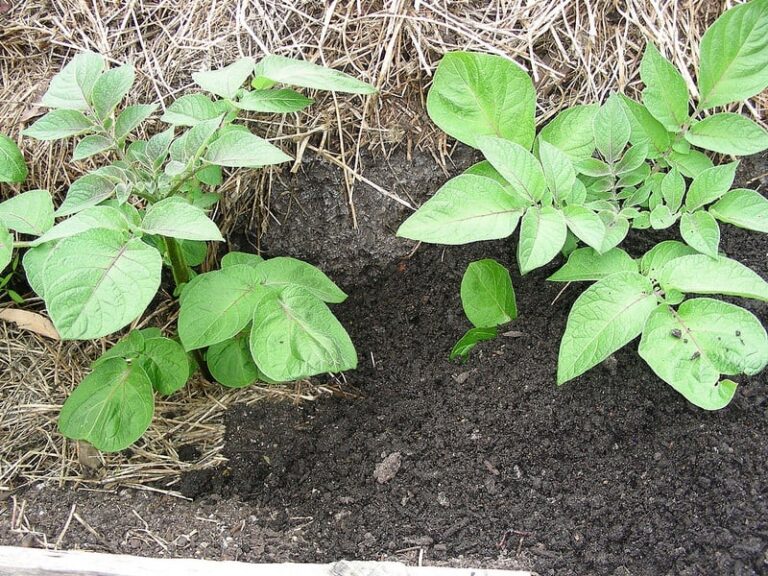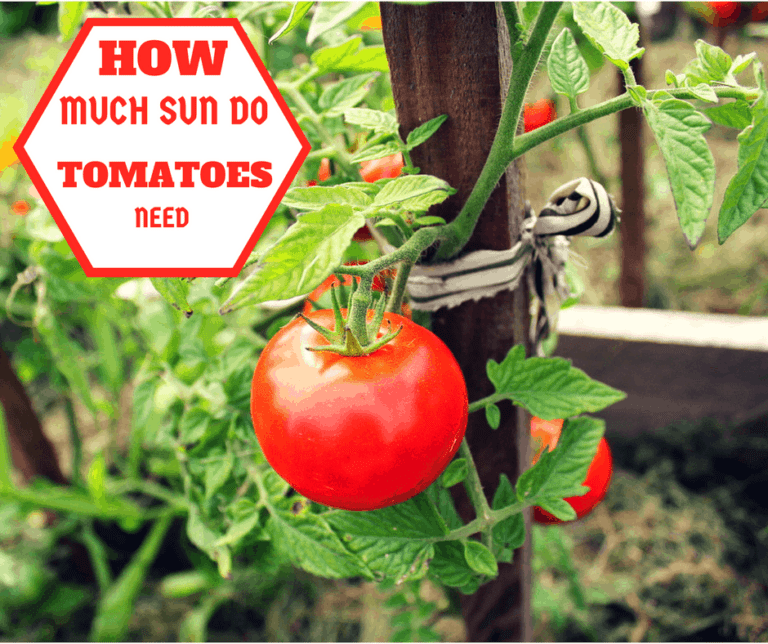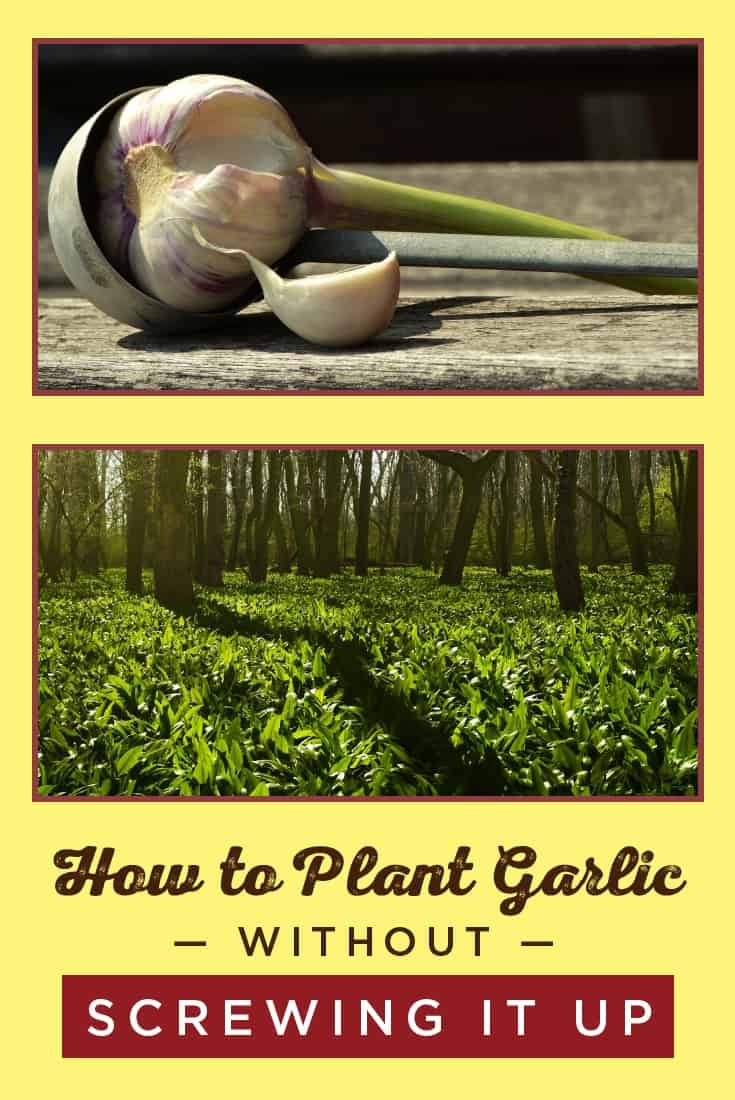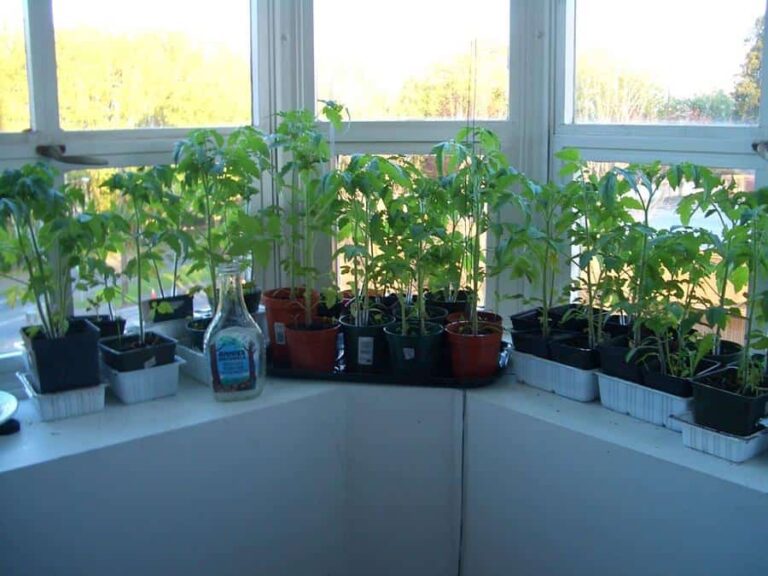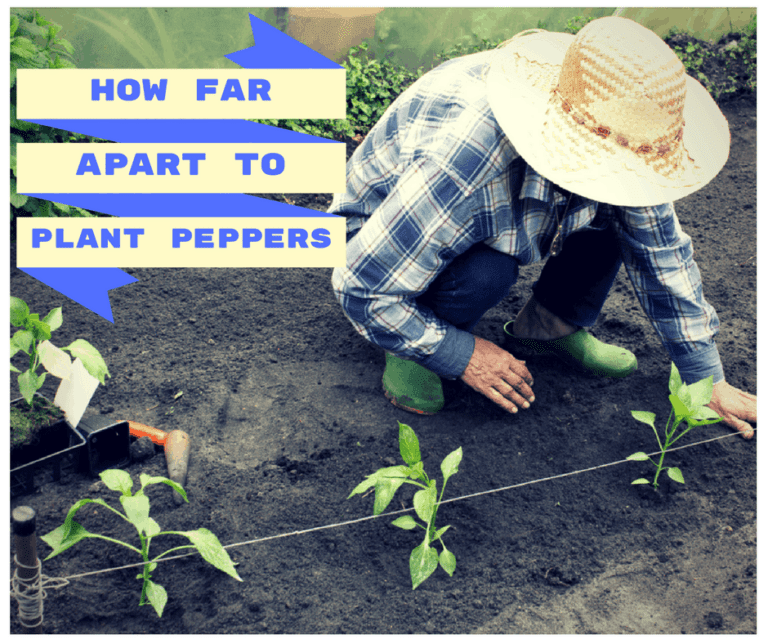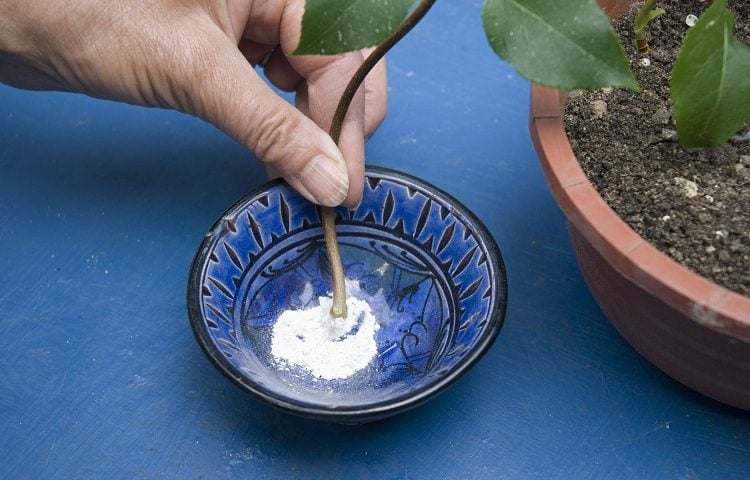Benefit from These Inspired Greenhouse Ideas
If you want to extend your gardening season, you need a greenhouse. Greenhouses come in a range of styles and sizes, from large freestanding buildings to petite structures you can put on a tabletop. Whether you have plenty of space in your garden for a full-sized greenhouse or are looking for a smaller option to protect your plants, you have a lot of greenhouse ideas to pick from.
Standard Size Greenhouses
When you think of a greenhouse, you probably picture a structure similar to the one pictured. It’s made out of steel or aluminum framing and covered in glass or thick plastic glazing.
But a standard greenhouse can take many forms and be made from a variety of materials. Whether you’re handy and want to make your structure from scratch, are looking for a greenhouse kit or want to work with a contractor to build a custom greenhouse, these ideas can get you started.
Freestanding Greenhouses
A freestanding greenhouse is a separate structure. According to the UGA Extension, a freestanding structure has both advantages and drawbacks.
One advantage is that the structure can let more light in, since all four sides, plus the roof, are made from translucent material. One disadvantage is that the structure usually requires more energy and effort to heat. Since it stands on its own, it can’t absorb heat from another building.
One way to get heat to a freestanding greenhouse without paying sky-high energy bills is to redirect the dryer line into the structure, according to You Bet Your Garden. When you dry laundry at night, the warm air from the dryer will travel into the greenhouse. This idea only works if you have an electric dryer and your greenhouse is pretty close to your home or laundry facilities.
Another advantage of building a freestanding structure is that you can fully customize it in terms of size and shape. Freestanding greenhouses can have slanted roofs and look like your typical house.
If space is limited, a freestanding greenhouse can have an A-frame shape. If you live near or on a hill, you can create a structure that is slightly sunken into the ground.
You can get a good idea of the variety of freestanding greenhouse styles out there by checking out the video above. It doesn’t provide tips or step by step instructions, but it does show you some interesting finished products.
Attached Greenhouses
Like a freestanding structure, an attached greenhouse has both its pros and its cons. The structure is usually connected to a home, but you can attach yours to a garden shed, barn or any other building.
One of the major benefits of an attached greenhouse structure is that the structure can get some heat from the building it connects to. If you build the greenhouse on a south facing wall, the sun will shine into the structure during the day, heating up the wall of the building. At night, the heat absorbed by the wall will radiate into the greenhouse, keeping the temperature up.
Since the structures are connected to an existing building, it is also pretty easy to get a supply of water and to hook up the greenhouse to an electrical supply.
The big disadvantage of an attached greenhouse is that you are limited when it comes to size. You can make the structure as big as the width of the house or building.
Petite Greenhouses
A greenhouse is what you make of it. It doesn’t need to be a large, freestanding structure or even a smaller structure that’s connected to your home. If space is limited, you can create a pint-sized greenhouse that’s perfect for protecting just a few plants.
You won’t be able to work in your tiny greenhouse, but you will be able to grow plants outside of their standard growing season.
Sometimes, small greenhouses can be made from recycled materials, such as this tiny structure made from clear CD cases, courtesy of MegaCrafty. The greenhouse is the perfect size for a small patio or balcony. If you live in a house that gets lots of sunlight, you can even try putting it in a bright window.
https://youtu.be/1sFv9eICooA
If you have a bright, sun-filled window in your home that has a deep windowsill, that might be all you need to make a small, indoor greenhouse. Build shelves across the windowsill, so that you can stack plants on them. To work as a proper greenhouse, it needs to be in a window that faces the south. Otherwise, it won’t get enough sunlight for your plants to thrive.
You can make a small greenhouse that’s just right for putting on a patio or in an urban backyard using an upcycled wood pallet and some plastic sheeting. The pallet serves as the base of the greenhouse. You can then build an A-frame structure with additional pieces of wood and staple the plastic sheeting over those frames.
Cold Frames
A cold frame is a type of micro-greenhouse that allows you to create a microclimate in your garden. Like bigger greenhouses, a cold frame lets you extend the gardening season in the fall and winter. It also allows you to get a jump start on seed starting and other gardening projects in the spring.
According to Fine Gardening, there are three basic types of cold frame. One is a simple box that is placed on the ground, with a clear panel as a roof. You place your plants in the box, the sun shines through the panel and keeps them warm.
Another type of cold frame is a sunken one. To make it, you dig a foot or so into the soil and build up the walls using cinder blocks then cover the frame with clear glass or plastic. The ground around the cold frame provides an additional layer of insulation.
The third cold frame option is a hoop tunnel or hoop house. It’s made by draping plastic sheeting over bent PVC pipes. The hoops provide protection from the wind and the cold while letting sunlight in.

